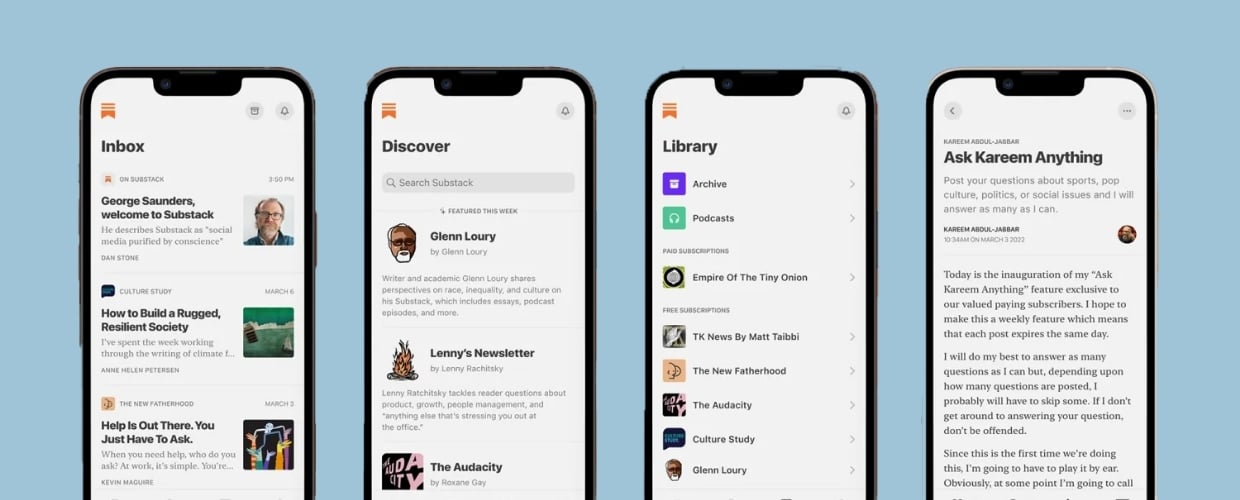“According to most studies, people's number one fear is public speaking. Death is number two. Does that sound right? This means to the average person, if you go to a funeral, you're better off in the casket than doing the eulogy.” – Jerry Seinfeld
Whether you’re standing in front of a group of your closest peers or complete strangers, giving a presentation can be intimidating. Regardless of your job title or years of work experience, public speaking takes practice in order for it to become more natural and therefore more impactful.
To grow in the business world, it’s imperative to conquer any hesitation you have around public speaking. As we head into the fall, a time when you may be tapped to present at a conference, new business meeting, or even internally – to board members or fellow colleagues – take advantage of a few quick best practices that will put your mind and your audience at ease.
When giving a presentation, three factors have an impact on your audience: body language, tone of voice and words. Surprisingly, body language ranks as the most important factor, even more important than your words. This isn’t to say the time spent carefully crafting your speech isn’t important, it’s just a reminder to remember the key role that your posture, gestures and facial expression have when speaking to others.
When it comes to body language, keep these tips in mind:
- Don’t slouch or sway: Stand up straight and plant yourself. Remember to always put one foot in front of the other to keep your balance and to prevent yourself from locking your knees
- Consider your facial expressions: If you have a natural, er, “resting face,” practice your presentation in the mirror to observe your facial expressions and ensure they match the overall tone of your presentation
- Use your arms naturally: A general rule is that your elbows should come to your waist. In other words, you’re not crossing your arms in front of or behind you. No hands on your hips either – this can close you off (or just be off-putting) to attendees
- Eye contact is key: Despite what you may have been told, staring at a blank wall in the back is not natural. You’re looking to make a connection with your audience and eye contact is the best way to do this. While making eye contact, it’s also important to avoid scanning – rather, address a few attendees sequentially
Once you’ve mastered body language, incorporate the following pointers for your tone of voice and your overall words:
- Slow your pace: It’s very natural for your adrenaline to be flowing at the beginning of your presentation. Those jitters are normal! As a result, however, many people succumb to talking too fast, which might cause you to stumble over words or even get winded. The goal is to speak at a rate of 150 words per minute. You can record your audio to hear for yourself – your pace should be easy for attendees to follow (and even take notes)
- Be clear: Enunciate your words so your audience can understand what you’re communicating. Showing your teeth when you talk helps you enunciate and over-articulate your words
- Use emphasis and pauses: No one wants to sit through a presentation that’s flat or monotone. To keep your audience awake and engaged, insert questions (rhetorical questions work well with large groups). Additionally, emphasize certain parts of your talking points by varying your pitch and pace
- Be careful of fillers: Fillers like “um,” “uh,” “like,” and “you know…” are often used subconsciously. The more comfortable you are with the overall presentation content, the less likely you are to use these fillers, which are distracting to the audience
The final and most important tip is to practice, rinse and repeat. It’s critical to carve out time to rehearse before you stand up in front of the room of people. Extra points to those who record themselves on video or practice in the mirror. Practicing your presentation will ensure you are confident with the content and will allow you to focus on connecting with your audience.
So, as you prepare for your next presentation, keep these tips in mind so public speaking doesn’t have to be so terrifying. No eulogy required.
To view more presentation tips, download your free eGuide: Top Tips for Presenation Mastery.




